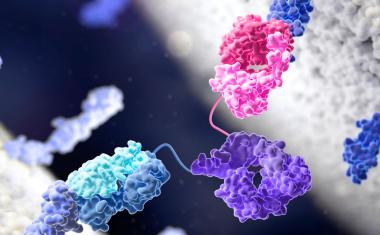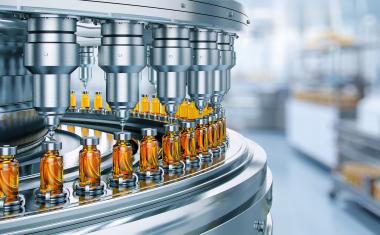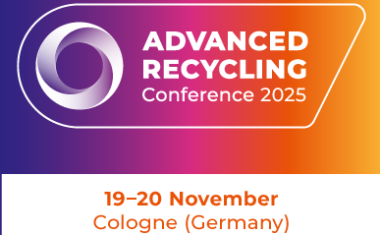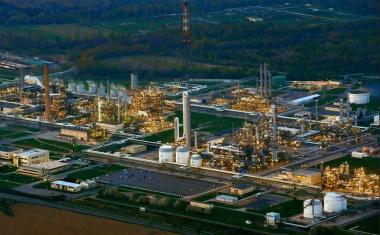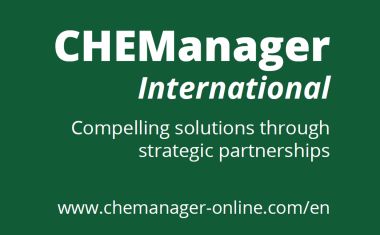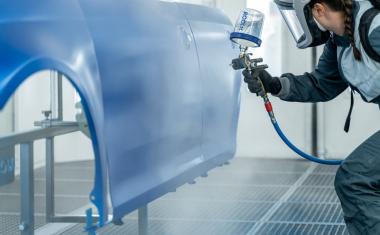EPA Wants Tighter Emissions Monitoring near Chemical plants
As part of administrator Michael Regan’s drive to improve air quality in residential areas bordering chemical production facilities, the US Environmental Protection Agency (EPA) has proposed that companies measure emissions of certain hazardous compounds that drift beyond the factory fence lines and reduce them if they are too high.
Data from the fence-line monitoring would be made public and the results would force companies to fix problems that increase emissions, the agency said.
The proposed measures are also intended to address short-term emissions spikes when plants start up, shut down or trip up. If finalized, the EPA said the plans could impact roughly 200 chemical plants.
While the pollution reduction drive is officially aimed at producers nationwide, on the EPA’s radar in particular are oil and petrochemical behemoths along the US Gulf Coast, where the incidence of cancer is seen to be highest.
Not coincidentally, Regan unveiled the agency’s plans in St. John the Baptist Parish, Louisiana, where Japanese–owned Denka Performance Elastomer’s neoprene rubber plant plant emits chloroprene – listed as a carcinogen in California.
Last month, the EPA and the US Attorney’s Office for the Eastern District of Louisiana ordered the company to “significantly reduce” emissions. Denka, however, maintains that it has continuously reduced emissions and already conducts fence-line monitoring.
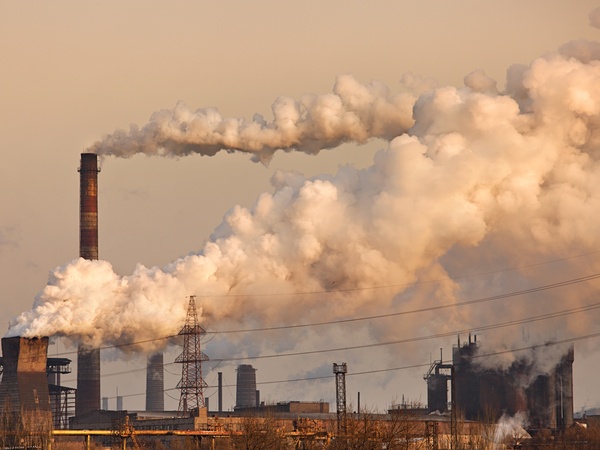
Asserting that the cancer risk from chloroprene is overstated, the company has challenged the environmental watchdog to reevaluate its risk assessment.
Regan’s EPA is also turning its attention to plants making the ethylene oxide (EO) used frequently in medical sterilization. Long-term exposure to this chemical can increase the risk of lymphoma and breast cancer, the agency said, while hinting that draft regulations for medical sterilization plants already are in the drawer.
All told, the plans call for cutting EO emissions nationwide by about two-thirds and emissions of chloroprene by three-quarters versus 2020 levels. Emissions that worsen smog also are being targeted for reduction.
Reacting to EPA’s program, producers organized in the American Chemistry Council (ACC) insist that industry emissions on the whole have declined over the past decade. They question the need to reduce EO, calling the EPA risk assessment “faulty.” Tighter rules could threaten access to products ranging from electric vehicle batteries to sterilized medical equipment, the ACC said.
Author: Dede Williams, Freelance Journalist



